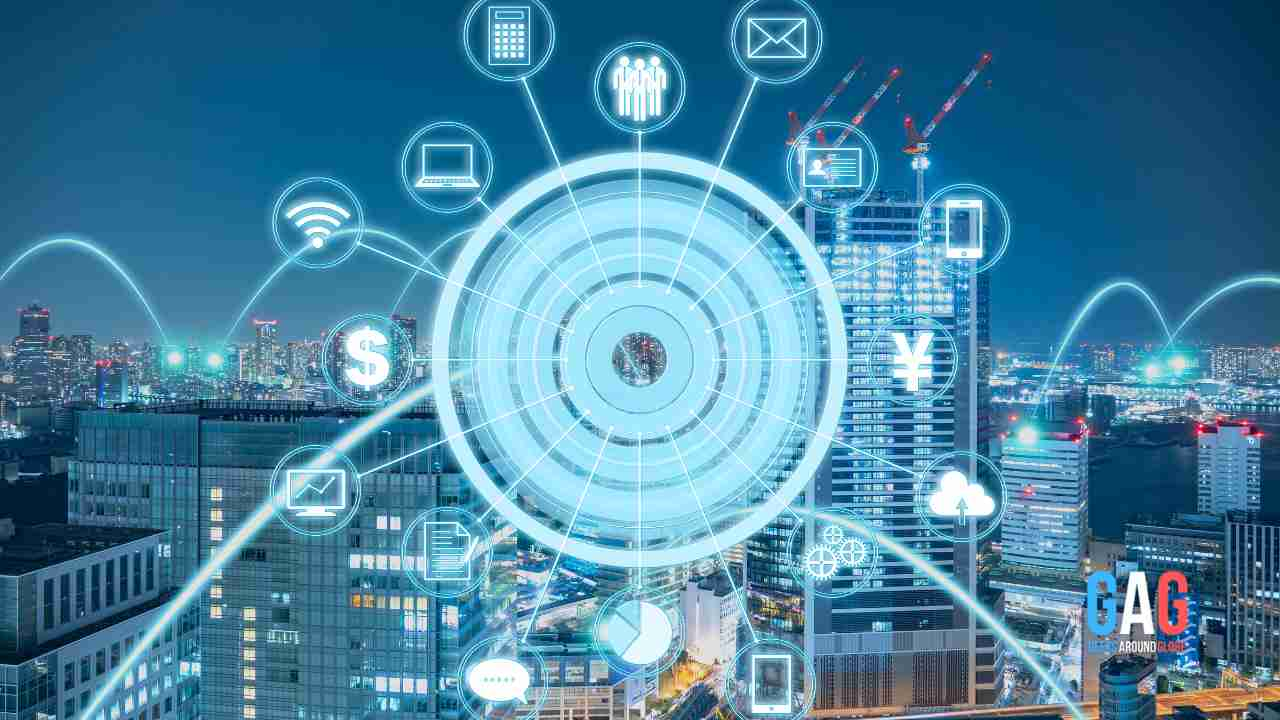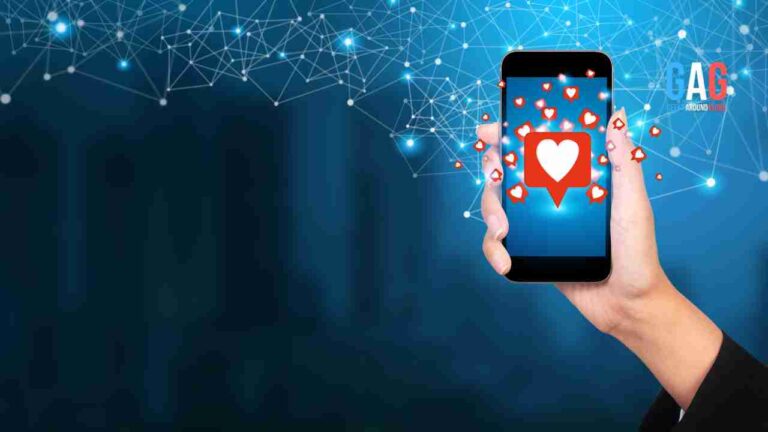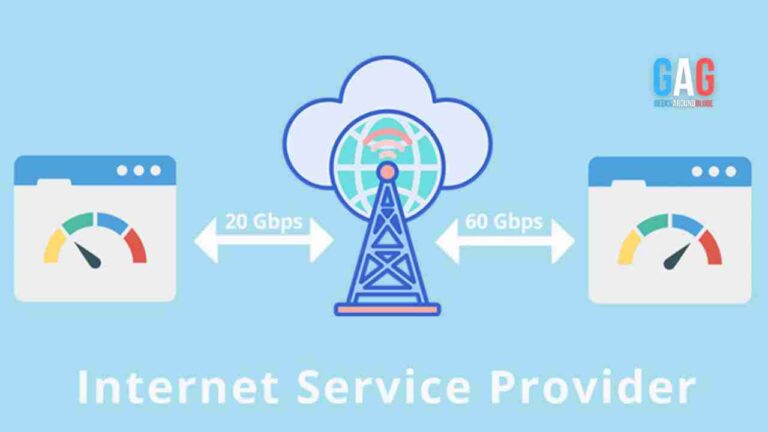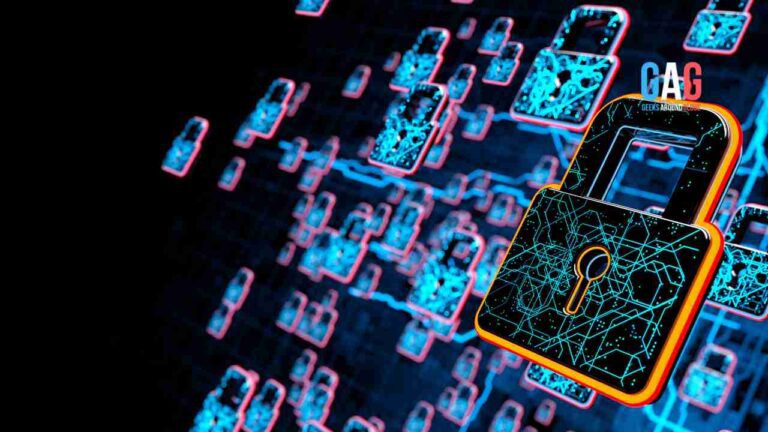- 1. Broadband
- 2. Digital Subscriber Line (DSL)
- 3. Cable internet
- 4. Fibre optics
- 5. Wireless internet
- 6. Mobile data
- 7. Internet leased line
- 8. Satellite internet
- 9. WiMAX
- 10. Dial-up
- 11. Fixed Wireless Access (FWA)
- 12. Power Line Communication (PLC)
- 13. Ethernet over Coaxial Cable
- 14. Hybrid Fiber Coaxial (HFC)
- 15. 5G Wireless
- 16. Terrestrial Trunked Radio (TETRA)
- 17. Community networks
- 18. Wi-Fi hotspots
- 19. Cellular mobile hotspots
- 20. Spectra: Empowering India’s digital future
- 21. Conclusion
As we embrace the digital era, understanding the various types of internet connections becomes a necessity. From residential households to businesses, internet service providers offer a diverse range of internet connection options. These range anywhere from broadband, DSL (digital subscriber line), and cable internet to Wi-Fi hotspots and cellular mobile hotspots.
Here in this blog, explored are the different types of internet connections available in India, including broadband, DSL, cable, fibre optics, and wireless technologies. So, whether you’re researching the “types of internet connections” or considering opting for an “internet leased line,” this comprehensive guide will help you navigate the digital highway with ease.
Broadband
Broadband internet offers high-speed data transmission. It utilises a wide range of technologies, including Digital Subscriber Line (DSL), cable, fibre optics, and wireless, to deliver fast and reliable internet access.
Digital Subscriber Line (DSL)
DSL internet uses existing telephone lines to transmit data. It offers faster speeds than traditional dial-up connections and is widely available across India. However, the connection quality may vary based on the distance from the DSL exchange.
Cable internet
Cable internet utilises the same infrastructure as cable television. It offers faster speeds compared to DSL and is popular among residential users. However, the connection may experience congestion during peak usage, affecting overall performance.
Fibre optics
Fibre optic internet employs thin strands of glass or plastic to transmit data through pulses of light. It offers unmatched speeds and reliability. This makes it ideal for bandwidth-intensive tasks such as streaming, online gaming, and large file transfers. Fibre optic connections are expanding in urban areas and are gradually reaching the rural areas in India.
Wireless internet
Wireless internet connections utilise radio waves to transmit data. This includes options such as Wi-Fi, WiMAX, and satellite internet. Wi-Fi is widely used in homes, offices, and public spaces, providing convenient wireless connectivity. Satellite internet is suitable for remote locations where wired connections are not feasible.
Mobile data
With the proliferation of smartphones, mobile data has become a popular choice for internet access in India. Mobile networks offer 3G, 4G, and now even 5G connectivity, providing fast internet speeds on the go. Mobile data plans are available from various service providers and are widely used for browsing, social media, and video streaming.
Internet leased line
An internet leased line is a dedicated, symmetric connection that provides businesses with uninterrupted internet connectivity. It offers high bandwidth and guaranteed service levels, making it suitable for enterprises with critical operations that require constant access to the Internet. Internet leased lines are especially vital for data-intensive activities, cloud computing, and seamless communication.
Satellite internet
Satellite internet utilises satellites in orbit to provide internet connectivity. It is an ideal option for remote and rural areas where other connections may be limited or unavailable. While it offers wide coverage, speed may be a concern in satellite internet. It also gets affected by external factors like weather conditions & latency.
WiMAX
Worldwide Interoperability for Microwave Access or WiMAX is a wireless broadband technology that offers high-speed internet access over long distances. It provides coverage to both urban and rural areas and is commonly used as an alternative to wired connections in regions where infrastructure is lacking.
Dial-up
Although considered outdated, dial-up internet connections are still available in certain areas. Dial-up uses a telephone line and a modem to establish a connection. While it is inexpensive, dial-up offers slower speeds and ties up the phone line, making it less suitable for modern internet usage.
Fixed Wireless Access (FWA)
FWA is a wireless communication technology that provides internet access to fixed locations. It uses radio signals to transmit data between a base station and a receiver installed at the user’s premises. FWA offers reliable connectivity and can be deployed in urban and rural areas.
Power Line Communication (PLC)
PLC technology enables internet connectivity through existing electrical power lines. It uses electrical wiring to transmit data signals. Users can access the internet from any electrical outlet on their premises. PLC offers a convenient option for those seeking wired-like connections without the need for additional cabling.
Ethernet over Coaxial Cable
Ethernet over Coaxial Cable (EoC) utilises existing coaxial cables, to provide high-speed internet access. It offers faster speeds than traditional DSL connections and can be a cost-effective option for homes and businesses already wired with coaxial infrastructure.
Hybrid Fiber Coaxial (HFC)
HFC is a combination of fibre optic and coaxial cable technologies. It leverages fibre optic cables for the backbone network and utilises coaxial cables for last-mile connectivity. HFC is commonly used by cable internet providers to offer high-speed broadband services to residential and commercial areas.
5G Wireless
As the next generation of wireless technology, the introduction of 5G promises lightning-fast speeds, low latency, and enhanced capacity. It utilises advanced cellular network infrastructure to deliver high-bandwidth connectivity, making it suitable for various applications, including smart cities, IoT devices, and immersive media experiences.
Terrestrial Trunked Radio (TETRA)
TETRA is a digital radio communication standard primarily used by public safety and emergency services. However, it can also provide data connectivity in specific scenarios. TETRA networks offer secure and reliable critical communications and data transmission connections in mission-critical environments.
Community networks
Community networks are grassroots initiatives where local communities come together to establish their own internet infrastructure. These networks are typically built and managed by the community members themselves, aiming to bridge the connectivity gap in underserved areas.
Wi-Fi hotspots
Wi-Fi hotspots are localised areas where wireless internet connectivity is provided. They are commonly found in public spaces such as cafes, libraries, airports, and hotels. Users can connect to these hotspots using their devices to access the internet.
Cellular mobile hotspots
Cellular mobile hotspots, also known as portable Wi-Fi routers or Mi-Fi devices, use cellular data networks to provide internet connectivity. These devices allow users to create their own Wi-Fi networks, enabling multiple devices to connect and access the internet through the cellular network.
Spectra: Empowering India’s digital future
One notable internet service provider in India is Spectra. Spectra is dedicated to delivering ultra-fast and reliable broadband connections. With cutting-edge fibre optic technology, Spectra offers unmatched internet speeds and exceptional customer service. As a leader in the industry, Spectra understands the diverse needs of its customers, providing customised solutions for homes, businesses, and enterprises.
Conclusion
As India embraces the digital revolution, it becomes crucial for each one of us to understand the different types of internet connections. From broadband to DSL, cable to fibre optics, and wireless technologies, each connection type offers unique advantages and caters to specific requirements. Depending on your purpose and usage, you can select the one that suits you best.
In addition to that, for businesses seeking unwavering connectivity, internet leased lines ensure dedicated and reliable service to support critical operations. As the demand for faster and more reliable internet grows, service providers like Spectra continue to pave the way by offering cutting-edge solutions that enable individuals and organisations to thrive in the digital age. So, explore the options, understand your needs, and embark on a seamless digital journey with the right internet connection.







